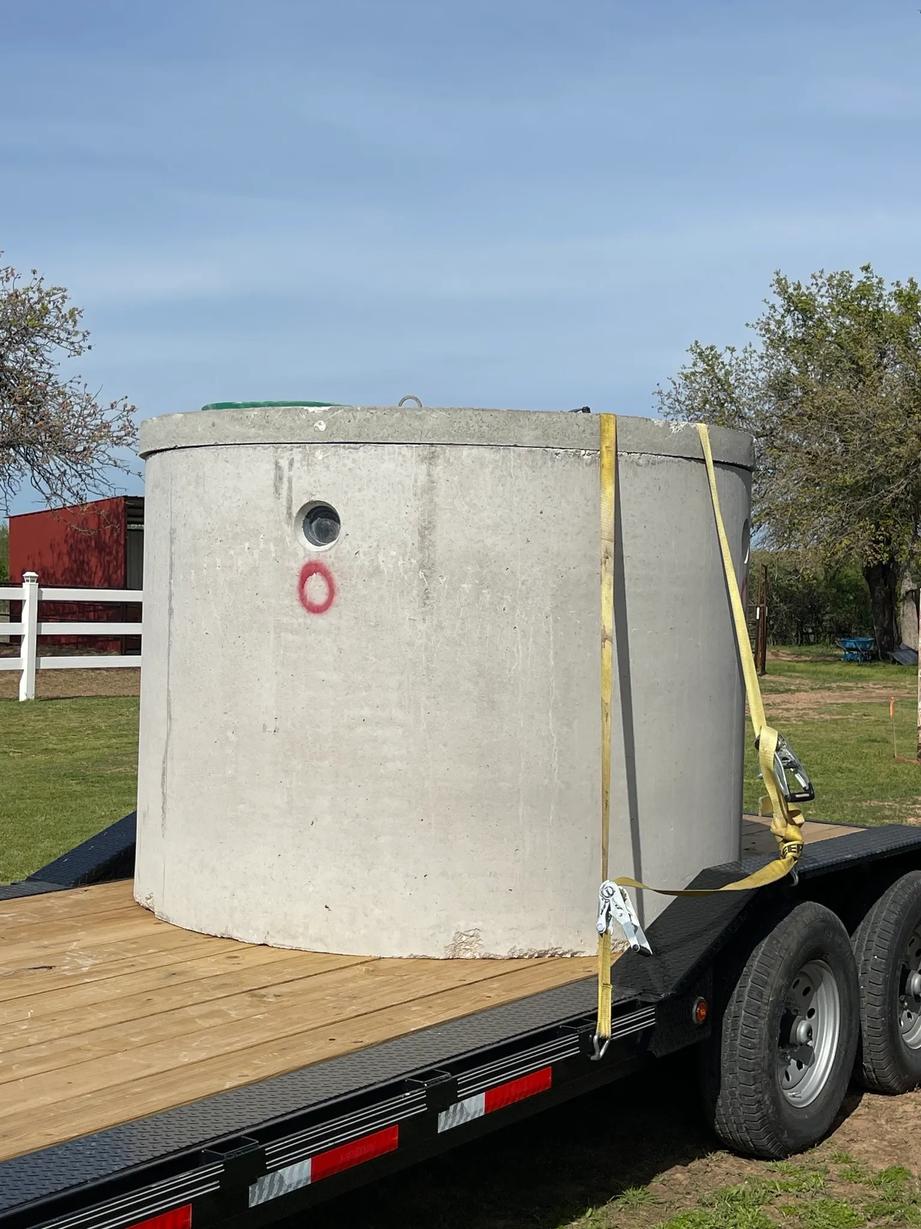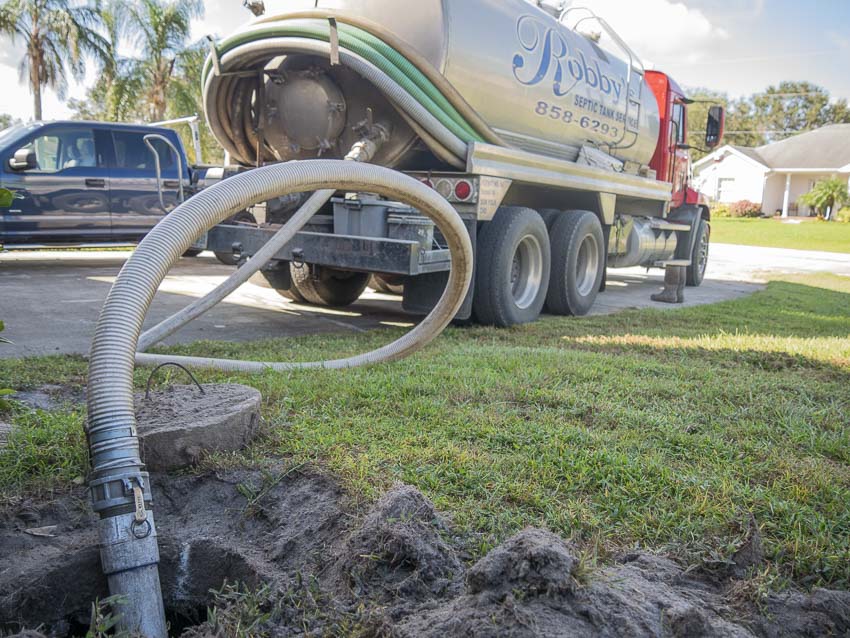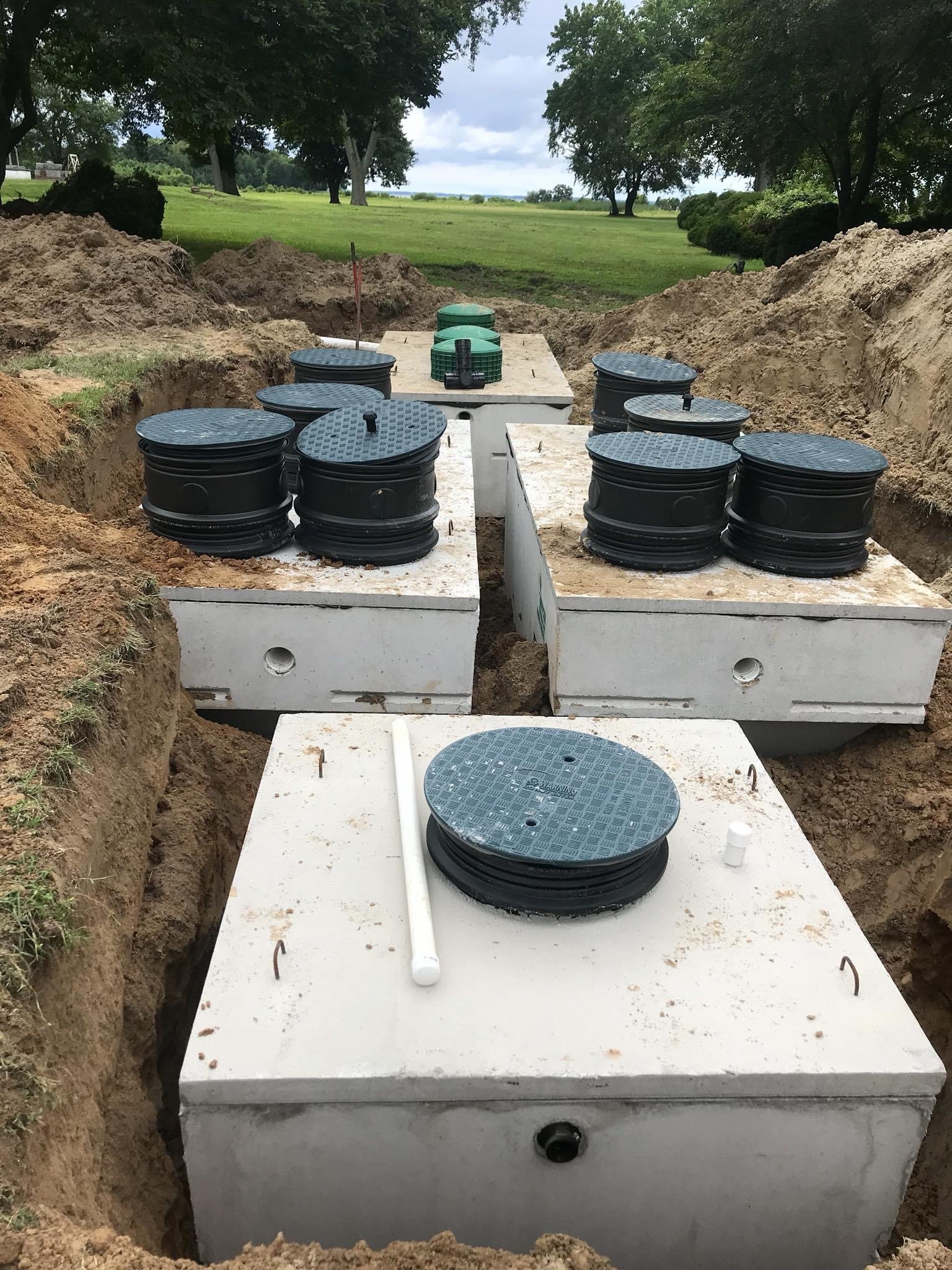Stillwell Septic And Grading for Dummies
Stillwell Septic And Grading for Dummies
Blog Article
Top Guidelines Of Stillwell Septic And Grading
Table of ContentsThe 7-Minute Rule for Stillwell Septic And GradingIndicators on Stillwell Septic And Grading You Should KnowStillwell Septic And Grading for BeginnersThe Stillwell Septic And Grading StatementsThe Ultimate Guide To Stillwell Septic And GradingStillwell Septic And Grading Things To Know Before You Buy3 Easy Facts About Stillwell Septic And Grading Explained
Overall, septic container setup is a complicated process that requires mindful preparation and implementation. Property owners need to collaborate with a trustworthy setup team and know local regulations and requirements to make certain that their septic system functions correctly for years ahead. After the septic storage tank has been installed and attached to the drain field, it is time to backfill the location.The backfill material need to be without clods, huge rocks, frozen issue, and particles that can cause spaces in the backfill that might allow working out over time. Crushed rock or pea crushed rock 1/2-inch in size is chosen if indigenous materials are not suitable. When the backfilling is complete, it is time to landscape the location.
As soon as the septic system has been set up, it is essential to check it to guarantee that it is working appropriately (Septic Installers). https://www.cheaperseeker.com/u/stillwellsag. Checking the system involves looking for leakages, ensuring that the storage tank goes to the ideal degree, and taking a look at the drainpipe area. One of the most typical examinations executed is the hydraulic lots test
Indicators on Stillwell Septic And Grading You Should Know
The water is then kept an eye on to make sure that it streams properly through the pipelines and right into the drainpipe area. If the water does not move appropriately or backs up into the storage tank, it might suggest a problem with the system. An additional examination that is frequently done is the color test.
The color is then checked to make sure that it flows appropriately via the pipelines and right into the drain field. If the color does not stream correctly or shows up in the incorrect location, it might suggest a trouble with the system. It is necessary to have a professional do these tests to ensure that they are done properly.

How Stillwell Septic And Grading can Save You Time, Stress, and Money.
Right here are some necessary ideas for home owners to maintain their septic system: The average household septic tank must be checked at the very least every three years by a septic service expert. The frequency of pumping relies on the dimension of the tank and the variety of individuals utilizing it. https://www.taringa.net/stillwellsag/quality-septic-solutions-stillwell-septic-and-grading_5btwpt. A general guideline is to pump the tank every 3 to five years
Utilizing water-efficient fixtures and appliances, such as low-flow showerheads and toilets, can decrease water usage and aid the septic system job extra successfully. Only flush bathroom tissue and human waste down the toilet. Avoid purging anything else, consisting of womanly health products, baby wipes, and food preparation oil, as they can clog the system.
The smart Trick of Stillwell Septic And Grading That Nobody is Talking About
Sewage-disposal tank setup is a complex procedure that calls for careful preparation and implementation. House owners should understand the required actions entailed in the setup procedure to guarantee that their septic tank works properly and effectively. The first action is to examine the site where the septic system will certainly be Septic Tank Pumping installed.
When the website has been examined, the following action is to prepare for the installation. Home owners must guarantee that their specialist is experienced in septic container installation and will work alongside them throughout the process.
The Ultimate Guide To Stillwell Septic And Grading

Homeowners have to recognize the required steps entailed in the setup process to make sure that their septic system operates correctly and effectively. By following these steps and preserving their system, property owners can relax guaranteed that their septic tank will give trusted wastewater treatment for years ahead.
Virtually one in five U.S. homes have septic systems. If you're not appropriately maintaining your septic system, you're not just harming the atmosphere, you're placing your family's health and wellness at riskand may be purging thousands of dollars down the drainpipe!
A Biased View of Stillwell Septic And Grading

All that additional water can really strain your septic tank. Surprise the usage of water-generating devices. This can be helpful specifically if your system has actually not been pumped in a long time. Come to be a lot more water effective by dealing with pipes leakages and consider mounting washroom and cooking area faucet aerators and water-efficient items.
Stillwell Septic And Grading Things To Know Before You Get This
Know your system's place. When you have the container pumped, draw a representation or map revealing its location in connection to repaired points - corners of the home, actions, or fencing messages.
Decrease the amount of wastewater that should be treated and disposed of by your system: Clean no even more than one or 2 tons of garments daily. Up to 53 gallons of water flood your septic system with each load, so it's best to spread out laundry out over the week.
Report this page